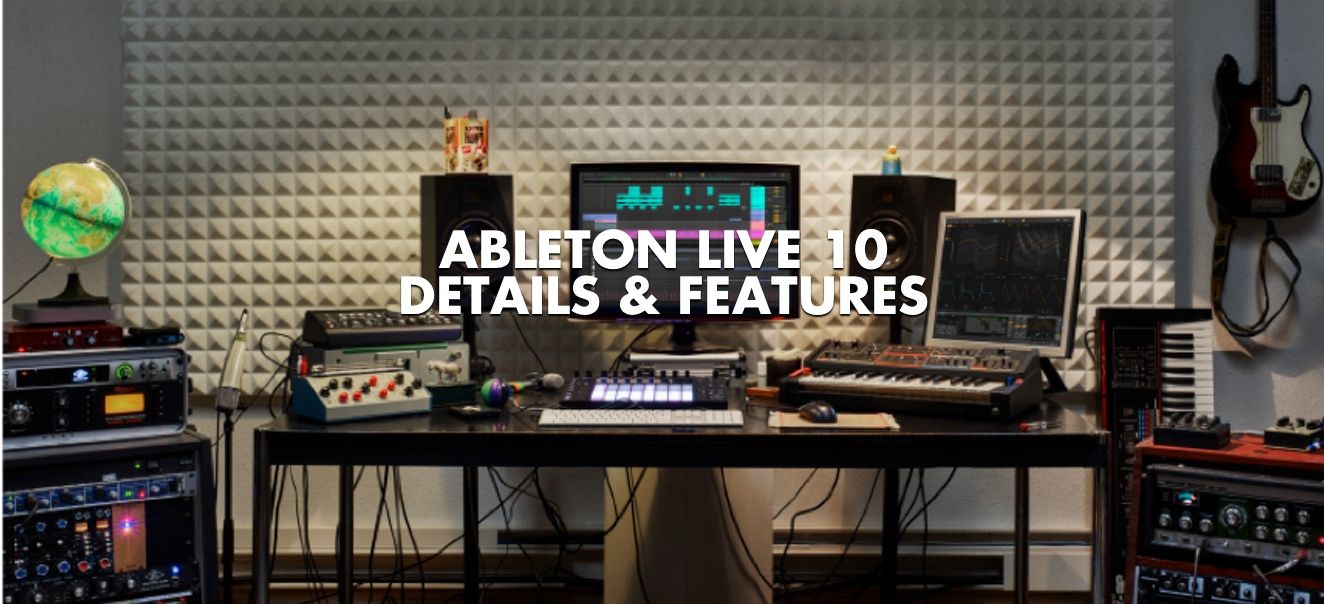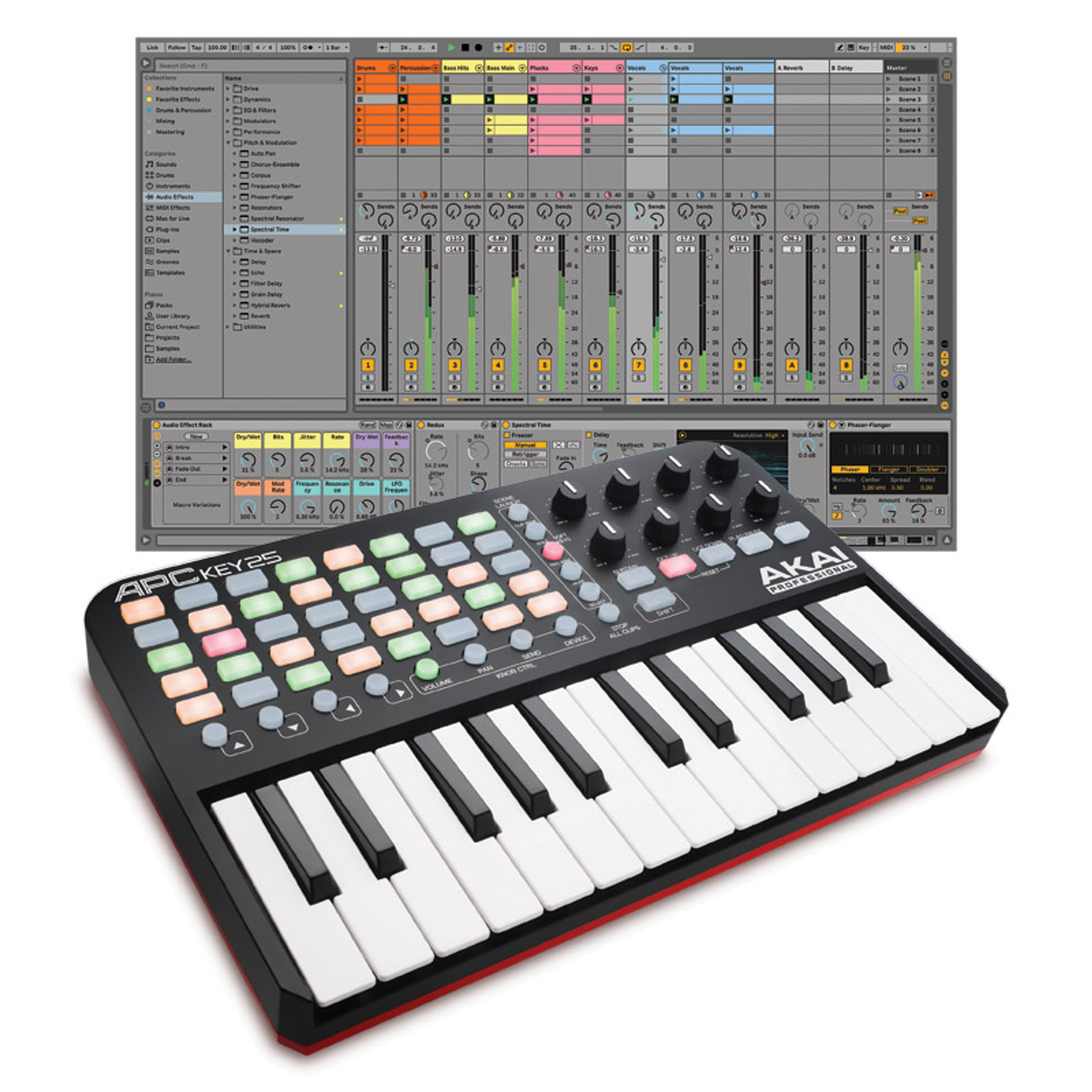

Ableton live cost software#
In Live 5 you can now click anywhere in the waveform and the software will, true to Ableton's obsession with sync, jump there at the next global quantise value. My way around that used to be a quick transfer over to the arrangement view, but this also had its drawbacks, namely that it was less then instantaneous, and sometimes got in the way of an existing arrangement. In Live 4 it was impossible to audition an audio or MIDI clip from somewhere in the middle, making it necessary to play the clip from the beginning in order to hear a certain section. The new Freeze Track feature comes in handy in this context, but more about that later.Īnother feature that is targeted at remixers is the new Clip Transport, though this has more far-reaching implications for the use of the Session view in general. It works well, though it is very processor-intensive, exerting about 10 times the CPU load of the other warp modes. This is a frequency-domain warp mode that is specifically designed to handle composite, mixed-down signals. The new, dedicated 'complex' warp mode should be mentioned here. Right-clicking on a warp marker in the Clip Edit window allows you to fine-tune Live's automated settings.Ī nice touch is the ability to batch-process files by Ctrl-clicking a folder containing audio in the Live browser and using the Analyze Audio option (if you select a folder that only contains one audio file, this option doesn't appear, which had me fooled for a while - the logic, I guess, being that you're not really batch processing.) Using the batch processing I set up Live to anaylse my entire iTunes library overnight, and could get right into mash-up mode the next morning. Using the optional tools in the Clip Edit window (accessed by right-clicking or Ctrl-clicking on a warp marker) makes fine adjustments to the overall timing easy and painless, and spending about 30 seconds to prepare a track you want to 'mash up' doesn't seem too much to ask. I found that often the general tempo of a recording was tracked quite accurately, but almost invariably the downbeat was missed, resulting in both a late trigger and an offset.
Ableton live cost how to#
The function works well, but in most cases it is worth following the manual's suggestions on how to help Live along to the best result. There's also a new automatic track tempo-matching feature, which sets warp markers for imported audio files and is a huge time saver. Not being much of a DJ myself, I had a go and must say that I'm a lot closer to beat-matching than I ever was, while combining Rachel Podger's Bach Sonatas and Partitas for solo violin with select NWA beats made for interesting listening (for a while.). With the introduction of support for the MP3 file format, Ableton have made the entire contents of everyone's digitised music libraries instantly accessible for what they lyrically call 'guaranteed mash-up gratification'. While Ableton's aim with this release is to bring the software to the status of a serious DAW, they haven't forgotten their large contingent of DJ users and remixers, and some of the major improvements target these groups. It is worth familiarising yourself with these menus early on, since they hide a lot of goodies, especially in the file-browser department and with regard to fine-tuning warp markers. To handle the much greater complexity of the program, Ableton have introduced a couple of new buttons to control the display, and a number of contextual menus that can the accessed via right mouse-clicking (Windows) or Ctrl-clicking (Mac).

There are a few enhancements, like the resizable mixer channels in Clip view, but overall, Live 5 doesn't look much different from its predecessors. In terms of the user interface and graphic display of the software, Live 5 hasn't changed much since the last release, and if you're not familiar with the program I suggest you take a look at Sound On Sound 's reviews of Live 4 (September 2004) and the original Live (February 2002).

Ableton have integrated a lot of user requests in this release, and the good relations they maintain with their user base really seem to have paid off for both parties. Version 5 of Ableton's Live loop-sequencing environment is a serious, feature-packed update, and I can believe the Ableton team when they describe it as their largest development effort since the first version of the program. Version 5 addresses requests from all these areas, whilst retaining the program's renowned ease of use. Ableton Live is one of the software success stories of the last few years, with devoted users in fields as diverse as DJing, remixing, theatre sound and music production.


 0 kommentar(er)
0 kommentar(er)
